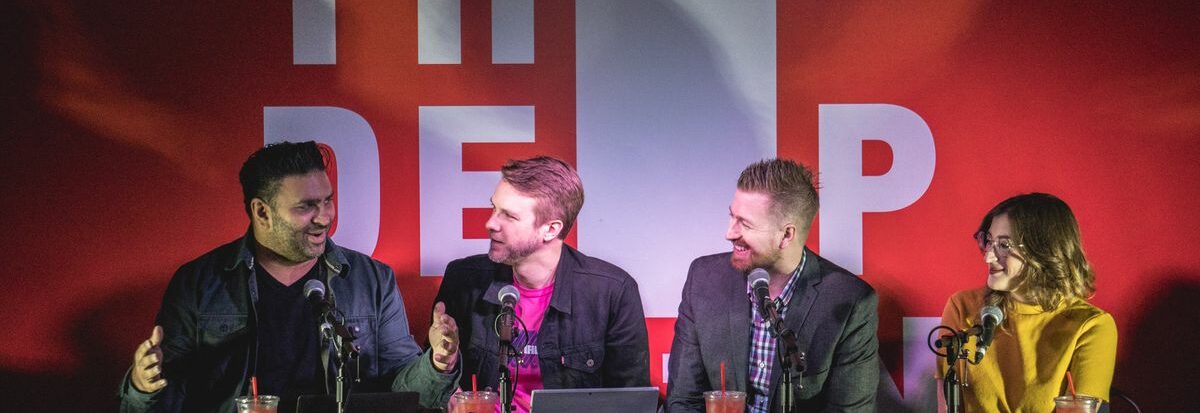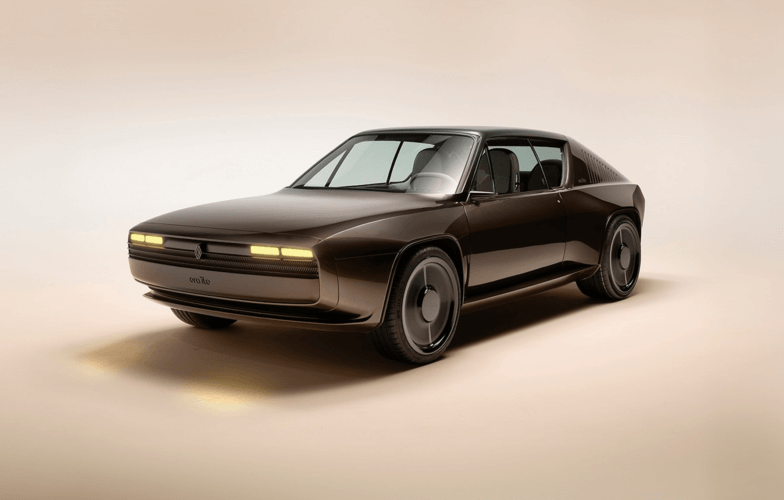
The age of audio
DecodingsAt a time when the visual landscape is undergoing critical scientific and sociological review, sound is emerging as one of the most exciting channels in view for the decade to come.
Voice, the way to go to personalize the customer relationship
As predicted in our July 2017 article, voice technology is continuing to disrupt how the brand-customer relationship is conceived, placing the accent on intuitiveness.
According to the summer 2018 survey “The Smart Audio Report “, over 43 million of these items have been sold in the U.S. to owners over the age of 18, a number equivalent to 16% of the population.
While the adoption rate is much lower in France (around 1%) as well as in other European countries, motor industry heavyweights like BMW and Volkswagen are using smart speakers to improve customer service. Many other industries have also introduced them within the past two years, notably the hospitality business (e.g. the Wynn Hotel in Las Vegas has installed an Amazon Echo unit in each room). The print media (e.g. “20 Minutes” and “Le Parisien” in France), are also getting into the act, having grasped this technology’s tremendous audience-boosting potential. Some experts even think that, as far as the business model is concerned, smart speakers represent a revolution comparable to that of social platforms.
In the United States, smart speakers have been adopted at a faster rate than mobile phones. Audio also offers a playing field for smaller businesses like Elocance (“give reading a voice”), which markets an app able to convert written content to audio.
A boom in slow content and audio entertainment
The audio trend certainly has our ear these days…
In 2019, one person out of three in the world listened to one podcast a month, according to the marketing intelligence specialist WARC. The proportion of monthly users stands at 28% in France and has reached even more impressive levels in Hong Kong (55.4%), Taiwan (47%) and Spain (40%). Judging by forecasts, the market will be worth 1.6 billion euros by 2022.
And businesses like Pandora and Spotify have realized that the “sonic boom” is here. Sound and audio seem to have very promising attentional and creative prospects now that slow content is expanding fast, in contrast to the situation on the visual front. In fact, these prospects could reach dizzying heights once consumers, liberated from visual images, allow their imagination, attention and creativity to run free.
While Apple Podcast leads this sector, streaming platforms including Spotify (which launched “Amy Schumer Presents: 3 Girls, 1 Keith” in late June 2018), Pandora and Google Podcast have come out with an array of on-demand radio offerings. So far, the phenomenon has been overwhelmingly American, dominated by players like The Verge and the Amazon subsidiary Audible (which, according to the New York Times, published 77 original audio works between 2017 and 2018). However, it is about to take off in France, with the advent of two podcast platforms: Majelan, founded by Mathieu Gallet, which aspires to be the new “Netflix for podcasts”, and Elson.
The movement is spreading, gaining in professionalism and seeing the emergence of strong personalities that capitalize on their podcasting style to build influence. One prominent podcaster is Esther Perel, a couples therapist whose audio series “Where Should We Begin?” deals with the intimate issues of real couples. Ideal for covering niche subjects – whether feminism, commentary on art works or the future of AI – podcasts are in step with the current preference for less infotainment and a longer format (30-45 minutes) lending itself to investigations that are deeper, more personal and evocative.
In parallel, specific communities are forming. In France, “Les Chemins du désir”, Arte Radio’s fiction podcast exploring a woman’s desires and fantasies (e.g. Episode 6, Gone Wild Audio, has been called “a new form of sound porn”) has its own fans. Audio ASMR communities on YouTube – among them Gentle Whispering ASMR (1.7 million subscribers) or Tony Bomboni ASMR (280, 000 subscribers) – specialize in whispering, blowing and other auditory fantasies. Brands like IKEA, Dove, Marks & Spencer and, more recently, Tesla, are jumping on the sonic bandwagon. According to the adage, “a picture is worth a thousand words”, but brands are looking to communicate through audio and words to counter a general lack of interest in visual formats.
Brands: Time for an attitude check
“A Silicon Valley exec once told me that if you can own the ear you can own the mind.” This comment by Rowland Manthorpe, tech correspondent for WIRED UK, illustrates just how strategic audio has become for brands.
The landscape is changing and some companies (e.g. Lush) are returning to an “own content” stance. The Holy Grail is now “non-marketing marketing” and audio gives brands an opportunity to express social, cultural and emotional “attitude” rather than talk about themselves.
Brand playlists like those created by Starbucks, Bacardi and Reebok are popular and offer a means of connecting in an authentic way to a brand’s culture.
In parallel, we’re seeing the rise of the vocal identity, whose importance has been underscored by the debate over voice gender. The brands that succeed in standing out from the crowd will probably have adopted a voice that – like their logo and visual identity – effectively convey their attributes, character and cultural codes.
© Cover : The Verge / SXSW 2019



